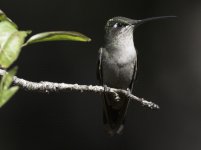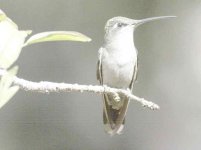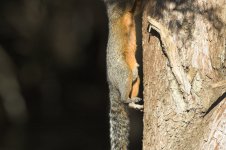gatafrancesca
Well-known member
Hi everyone,
in the last few days I noticed strange noise artifacts appearing on my photos and I am quite concerned as it had never happened before. Yes there was some noise on pictures taken at ISO 800, but I had no trouble fixing it with Noise Ninja. But on my latest photos the noise appears like strange "bands", I can't describe it better, I will try to attach a photo to show you the nature of the problem. This kind of noise appears even in photos taken at ISO 400, like the one I am posting and it's not possible to remove it completely, it gets even worse at ISO 800. Is something wrong with my camera?? Please help!
The photo I am posting has received no post processing apart from some cropping.
Cheers
in the last few days I noticed strange noise artifacts appearing on my photos and I am quite concerned as it had never happened before. Yes there was some noise on pictures taken at ISO 800, but I had no trouble fixing it with Noise Ninja. But on my latest photos the noise appears like strange "bands", I can't describe it better, I will try to attach a photo to show you the nature of the problem. This kind of noise appears even in photos taken at ISO 400, like the one I am posting and it's not possible to remove it completely, it gets even worse at ISO 800. Is something wrong with my camera?? Please help!
The photo I am posting has received no post processing apart from some cropping.
Cheers






